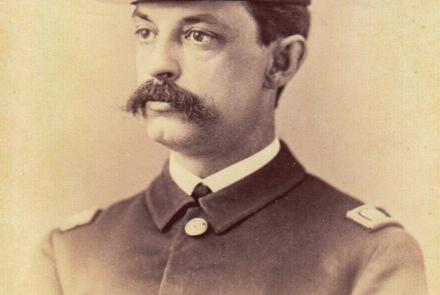Witches' Broom
In interior Alaska and some parts of Canada, witches' broom (an abnormal outgrowth of branches of the tree resembling the sweeping end of a broom), is commonly seen on black and white spruce trees. From late fall through the winter, the brooms are dark brown or "dead"looking and are often mistaken for birds' and squirrels' nests. However, in the summertime, these branches are a bright orange or rust color which makes them most conspicuous and distinctive.
Witches' broom on spruce trees is caused by a rust disease (a kind of fungus disease). The rust lives on the spruce tree throughout the year. Each spring, small yellow pustules appear on the new needles of the broom. A strong sweet odor, which is easily recognizable, usually accompanies the maturation of these pustules. Later, much larger and bright orange-colored pustules also develop on the needles from which thousands upon thousands of rust-colored spores (small reproductive cells) are produced. By late August, needles begin to drop off, and the witches' broom turns dark brown.
Witches' broom rust does not infect other spruce trees directly. It usually will infect a bearberry plant first (an alternate host). The spores produced by the infested bearberry will then infect spruce trees to produce new witches' broom.
Although witches' broom does not kill trees by itself, it does deplete the tree of its nutrients and slows down its growth. A heavily infested tree becomes weakened and consequently vulnerable to the attack of other diseases (or the effects of weather) which can lead to the death of the tree.




